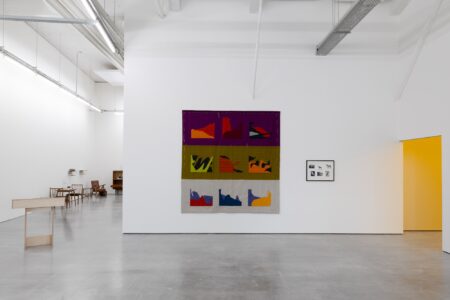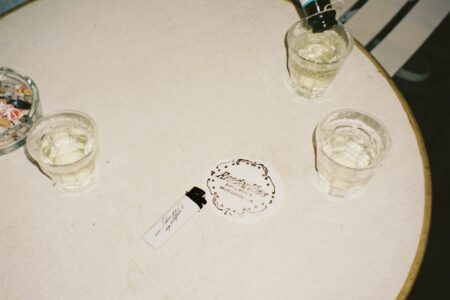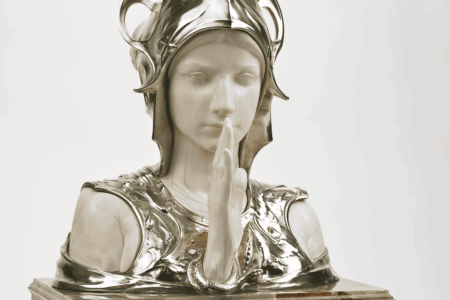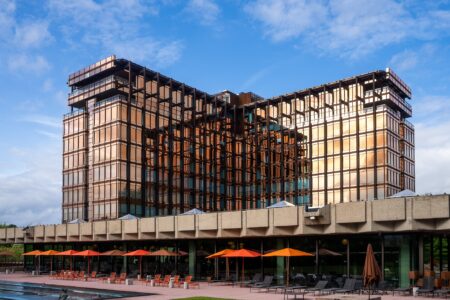The Poésie Balistique (“Ballistic Poetry”) season has kicked off at La Verrière with Soft Resistance, a solo exhibition of Hessie (b. 1936), her first in Belgium. Curator Guillaume Desanges invited the Caribbean-born artist, who has been living and working in France since 1962, to the Brussels art space run by Fondation d’entreprise Hermès.
A black female practitioner in what is still a predominantly white, male art world, Hessie sublimates her experience as a migrant and mother of five in her work. The painstakingly stitched abstract pieces immediately evokes postminimalist art from the 1960’s and 70’s, when she started to produce these works. The subtle, tactile surfaces belie the labor-intensive stitching process, achieving an organic effect through the delicate, handmade allusion to the infinite. While Hessie herself has been known to call her practice “Survival Art”, Soft Resistance shows that she has thrived as a representative of the French feminist movement of the 1970’s.
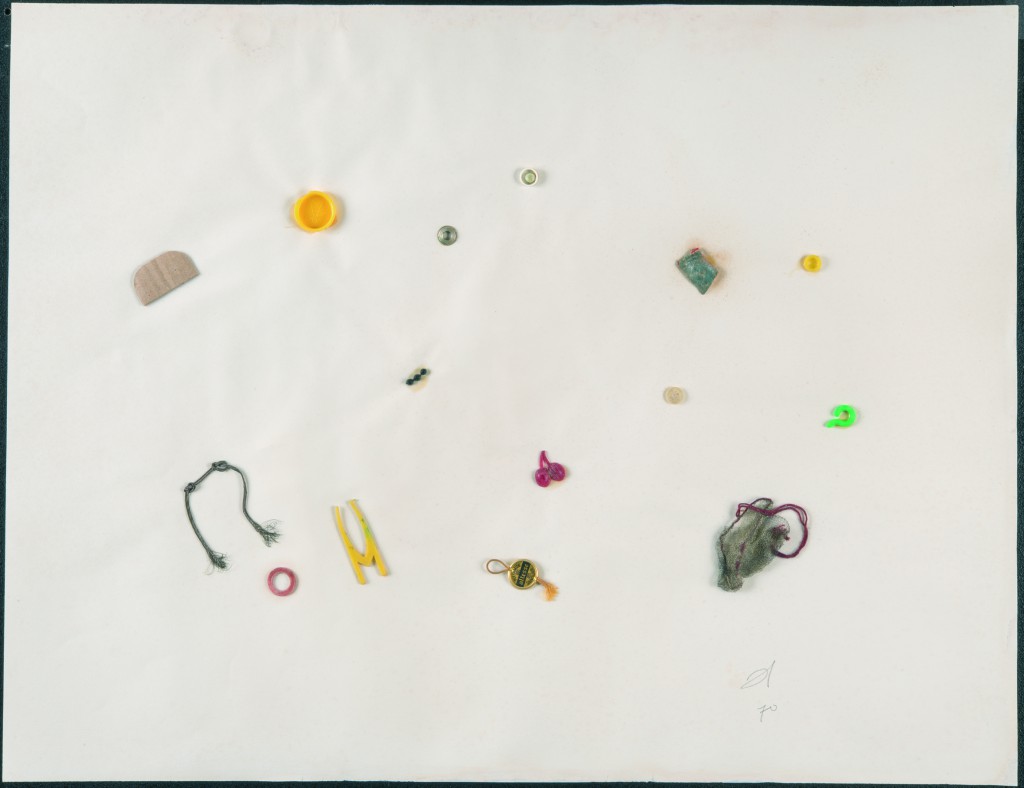
Hessie, Untitled, 1970, Metal and plastic elements and a piece of card mounted, on paper, 50 × 65 cm, © Galerie Arnaud Lefebvre
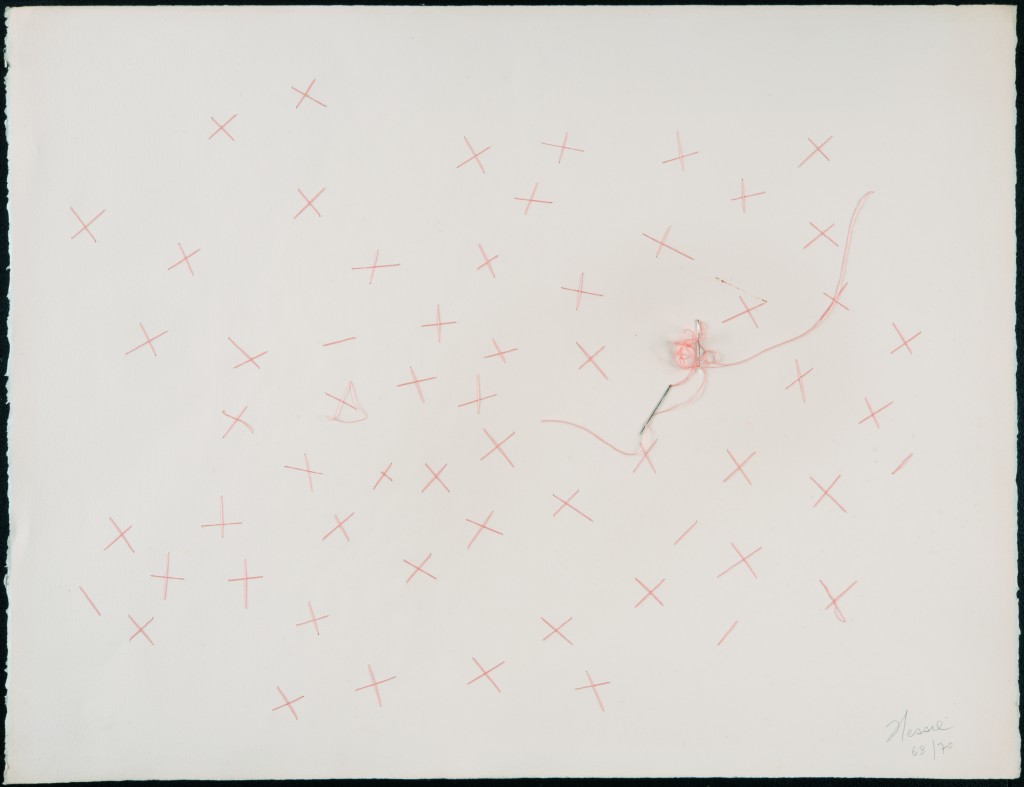
Hessie, Untitled, 1968/1970, Embroidery in pink thread on paper, two needles, 50 × 65 cm, Credit : Béatrice Hatala © Galerie Arnaud Lefebvre

Hessie, Microscopiques (‘Microscopics’), 1969/1970, Embroidery in yellow, orange, red, green and violet, on cotton canvas, 47 × 63 cm, Credit : Béatrice Hatala © Galerie Arnaud Lefebvre
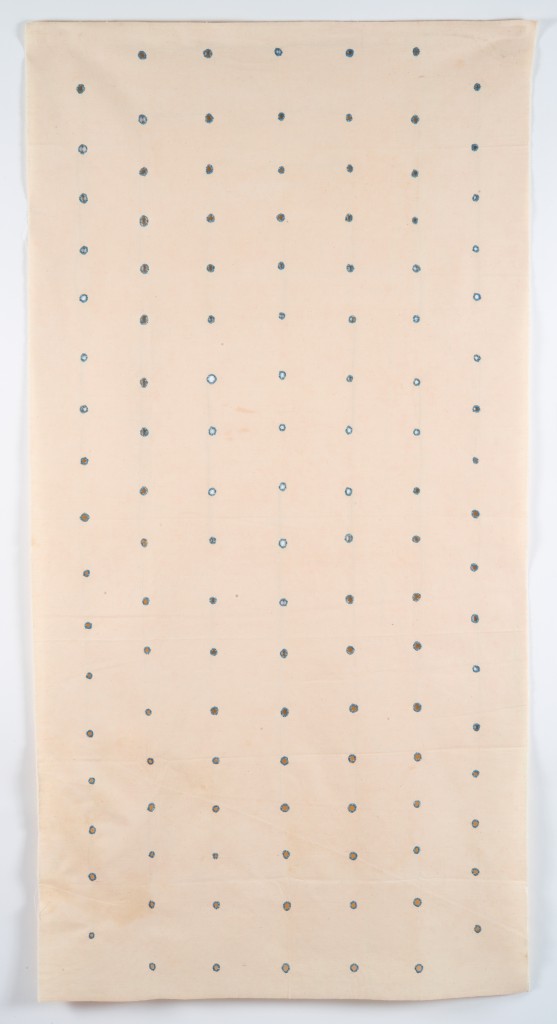
Hessie, Les Trous (‘Holes’), 1973, Embroidery in blue thread on, perforations in cotton canvas,, 166 × 85 cm, Credit : Béatrice Hatala, © Galerie Arnaud Lefebvre
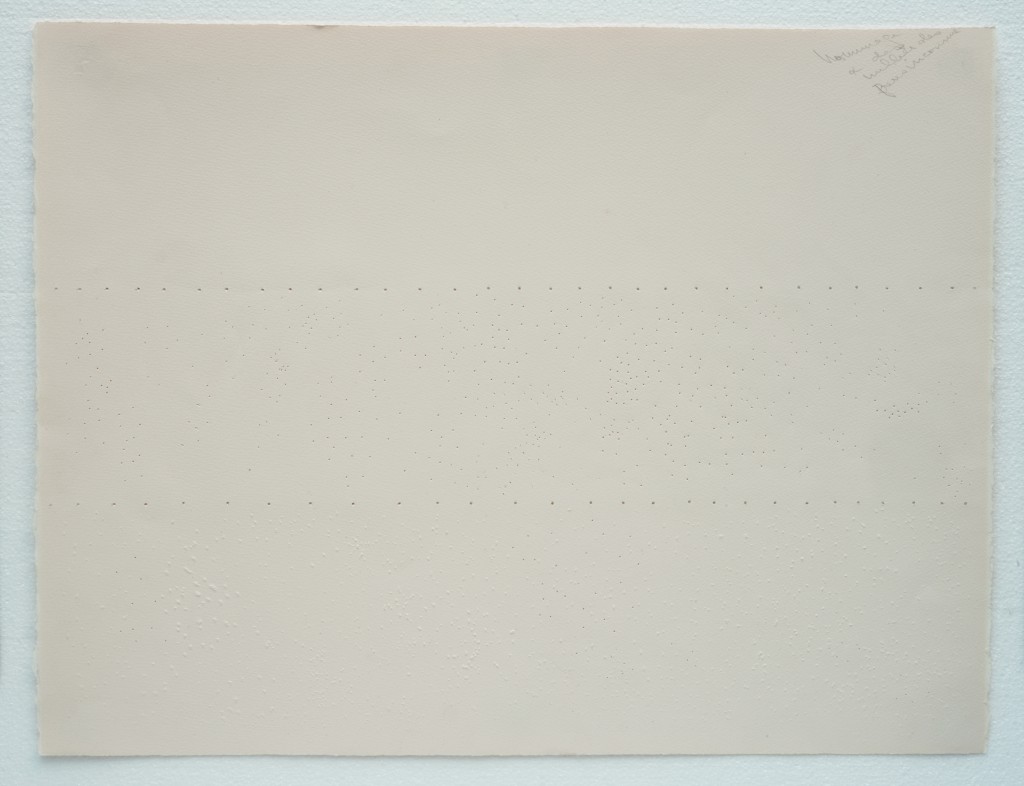
Hessie, Hommage à des milliers de frères inconnus / pour Dany Bloch, (‘Hommage to thousands of unknown brothers / Dany Bloch’), 1980, Perforations and embossed pattern on paper, 50 × 66 cm, Credit: Béatrice Hatala © Galerie Arnaud Lefebvre
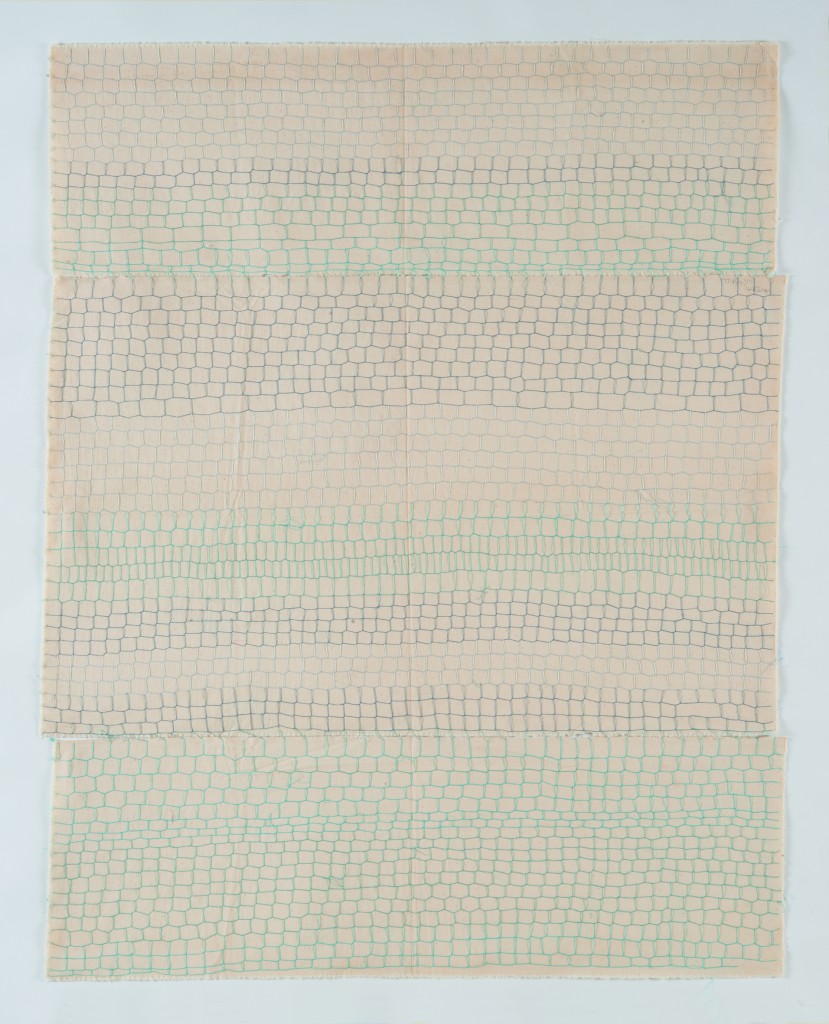
Hessie, Grillage « Tubino 4834 », (‘Grid form: Tubino 4834’), 1975/1976, Embroidery in blue on cotton canvas stitched, in three sections, 104 × 82 cm, Credit: Béatrice Hatala © Galerie Arnaud Lefebvre
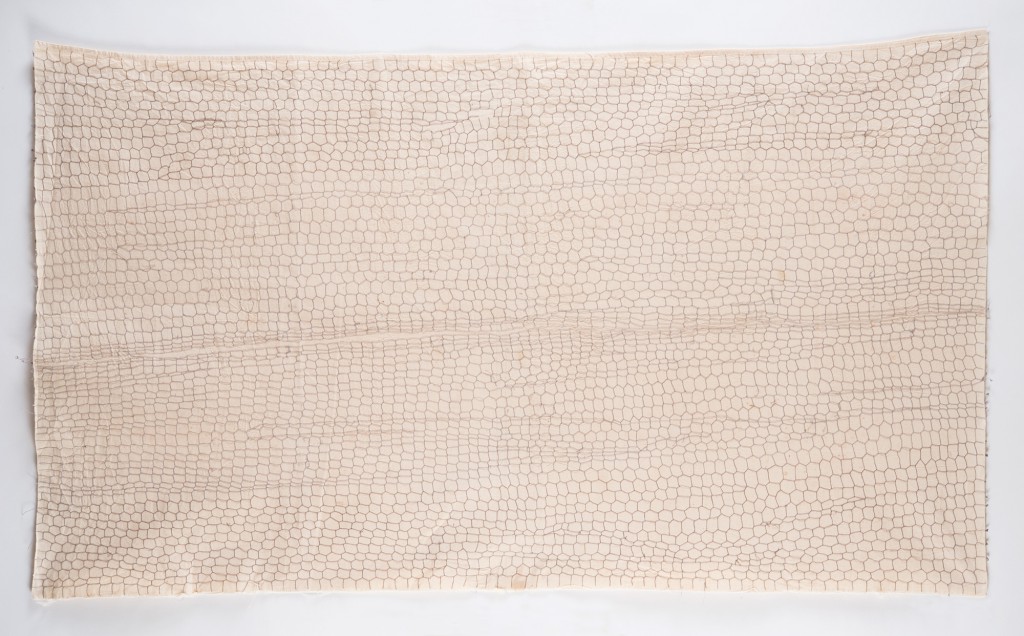
Hessie, Grillage (‘Grid form’), 1972/1975, Embroidery in fuschia and violet thread on cotton, canvas, 157 × 92 cm, Credit : Béatrice Hatala © Galerie Arnaud Lefebvre
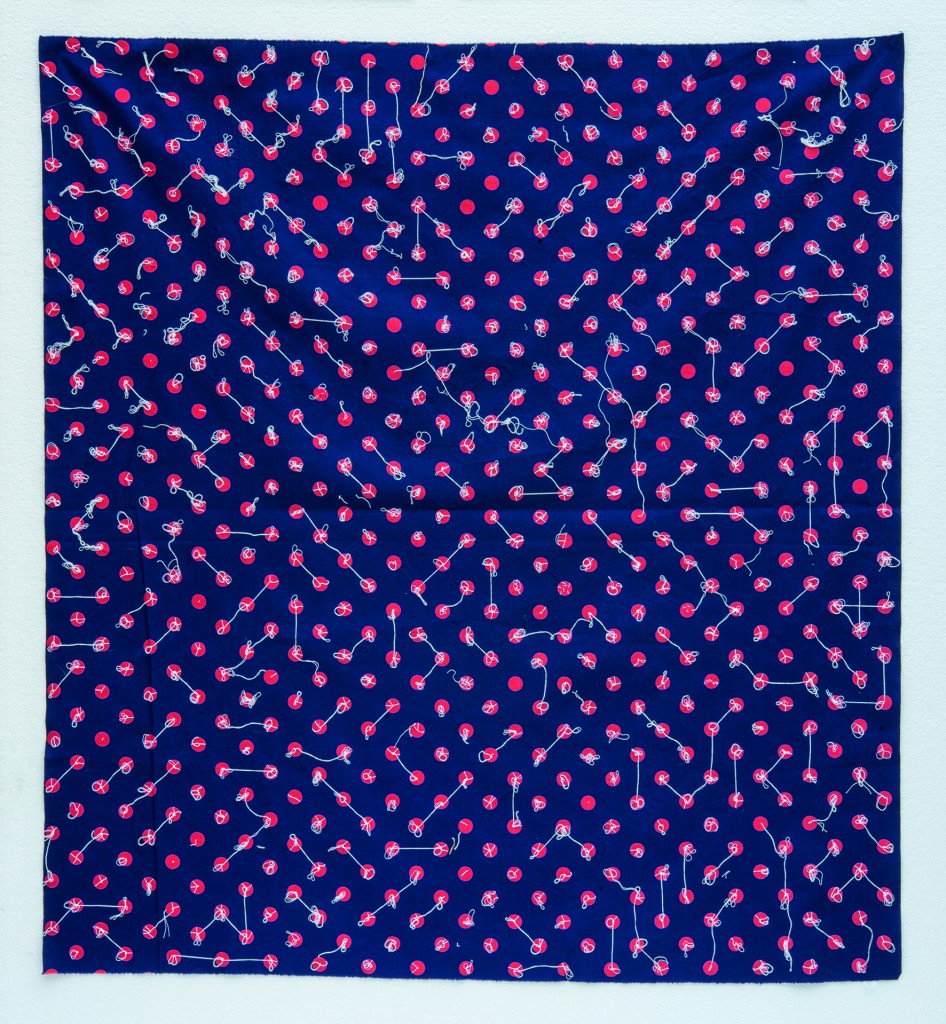
Hessie, Untitled, 1990, Coloured fabric and white thread, 87 × 98 cm, Credit : Béatrice Hatala © Galerie Arnaud Lefebvre
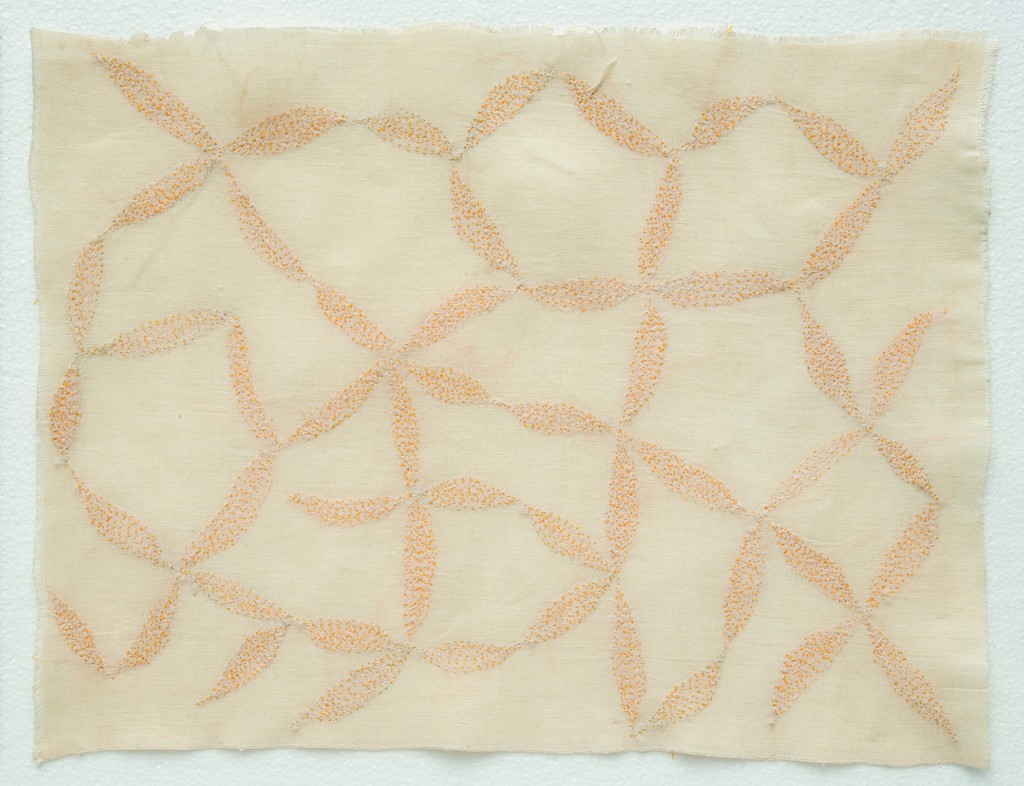
Hessie, Dessin microscopie (‘Microscope drawing’), 1969/1970, Yellow embroidery on cotton canvas, 34 × 47 cm, Credit : Béatrice Hatala © Galerie Arnaud Lefebvre
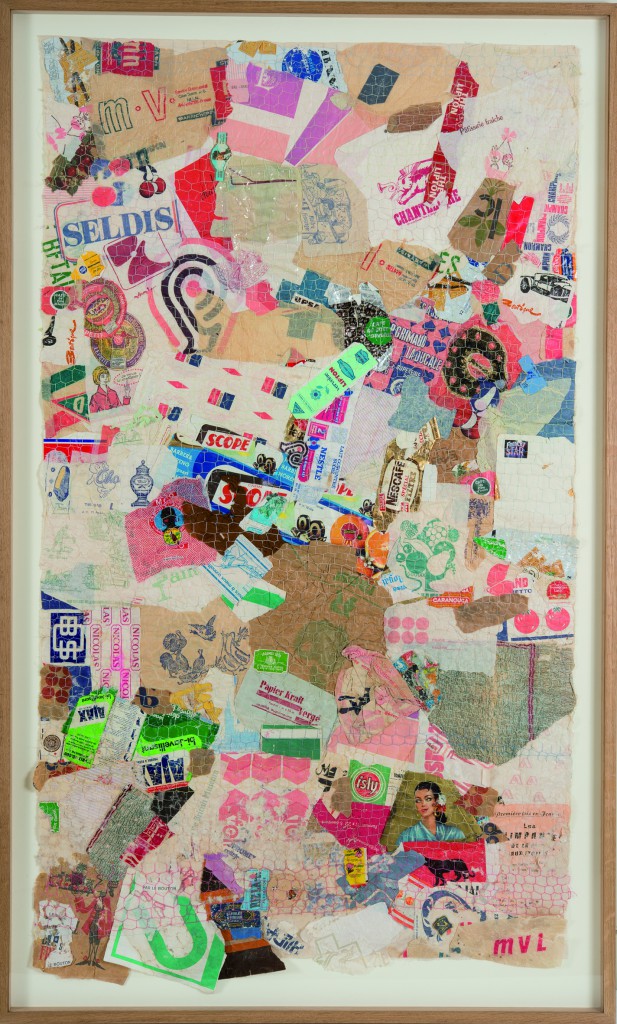
Hessie, Déchets collages grillage, (‘Waste paper collages grid form’),, 1978/1979, Wrapping paper/packaging stitched, onto cotton canvas, 156 × 87 cm, Credit : Béatrice Hatala, © Galerie Arnaud Lefebvre
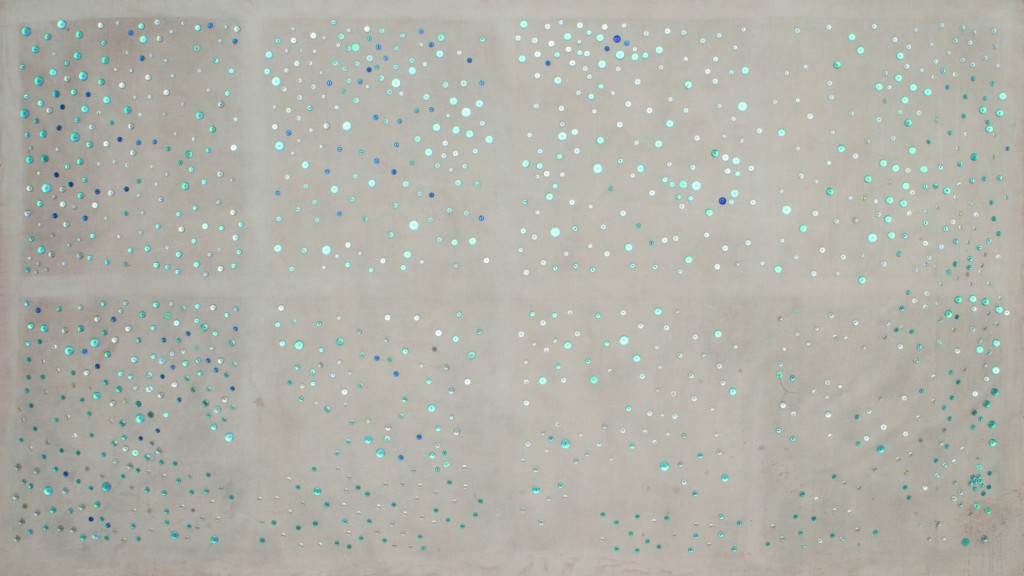
Hessie, Boutons bleus, 1974/1975, Blue and grey buttons sewn onto cotton canvas, 165 × 295 cm, Credit : Béatrice Hatala © Galerie Arnaud Lefebvre
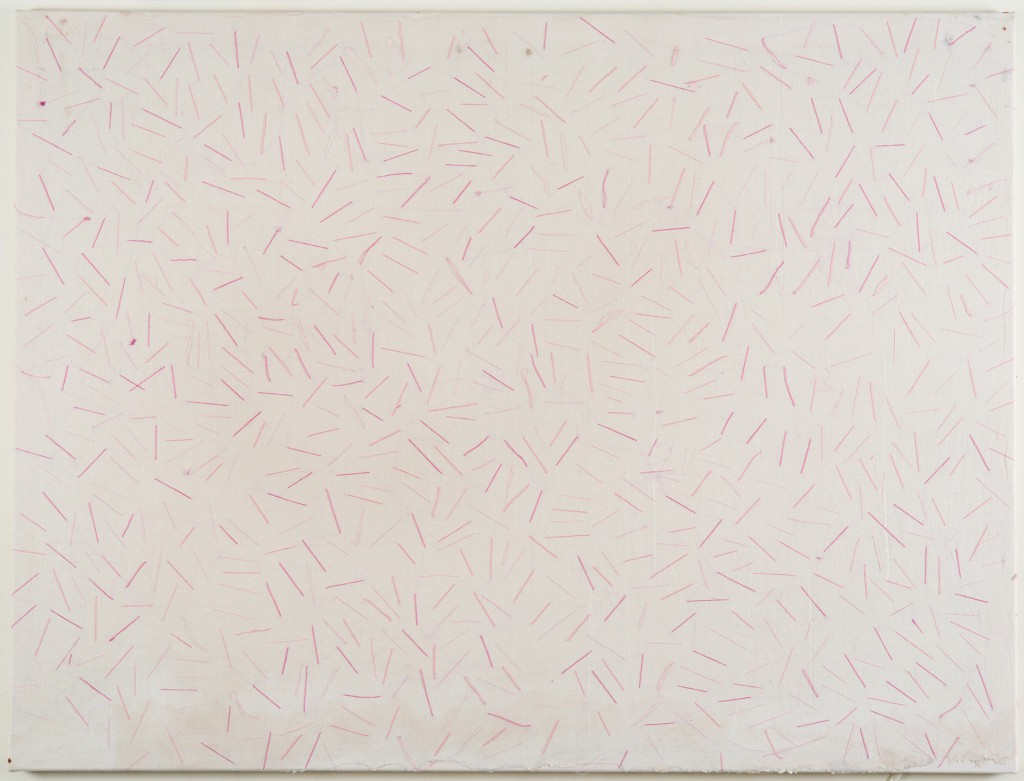
Hessie, Bâtons pédagogiques (‘Teaching sticks’), 1972/1973, Embroidery in two shades of pink on cotton canvas, 105 × 133 cm, Credit : Béatrice Hatala © Galerie Arnaud Lefebvre
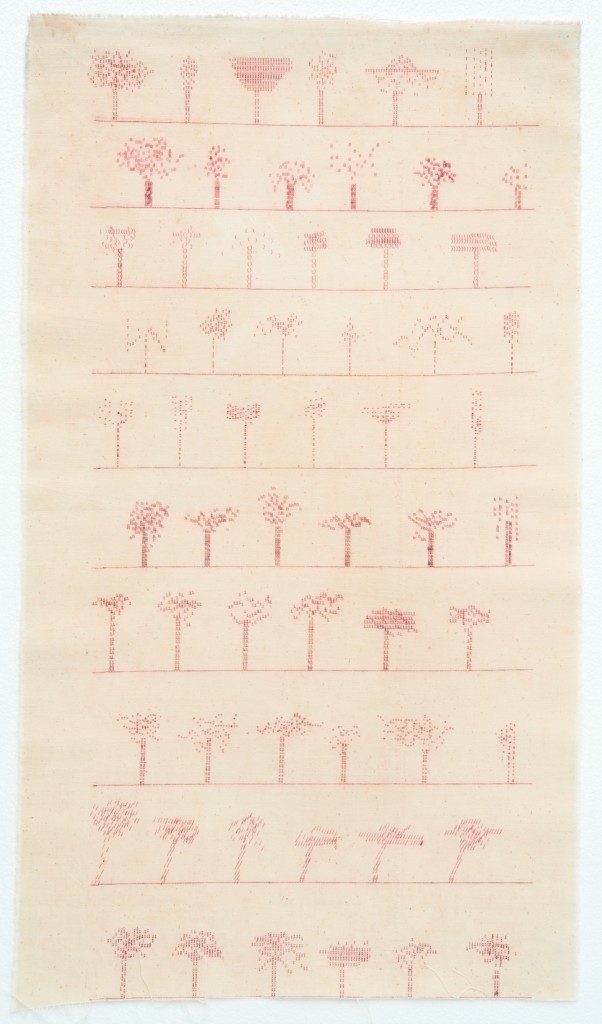
Hessie, Arbres paysages machine
(‘Trees landscape machine’), 1976
Typewriter, lines of trees, red ink, 79 × 45 cm, Credit : Béatrice Hatala © Galerie Arnaud Lefebvre
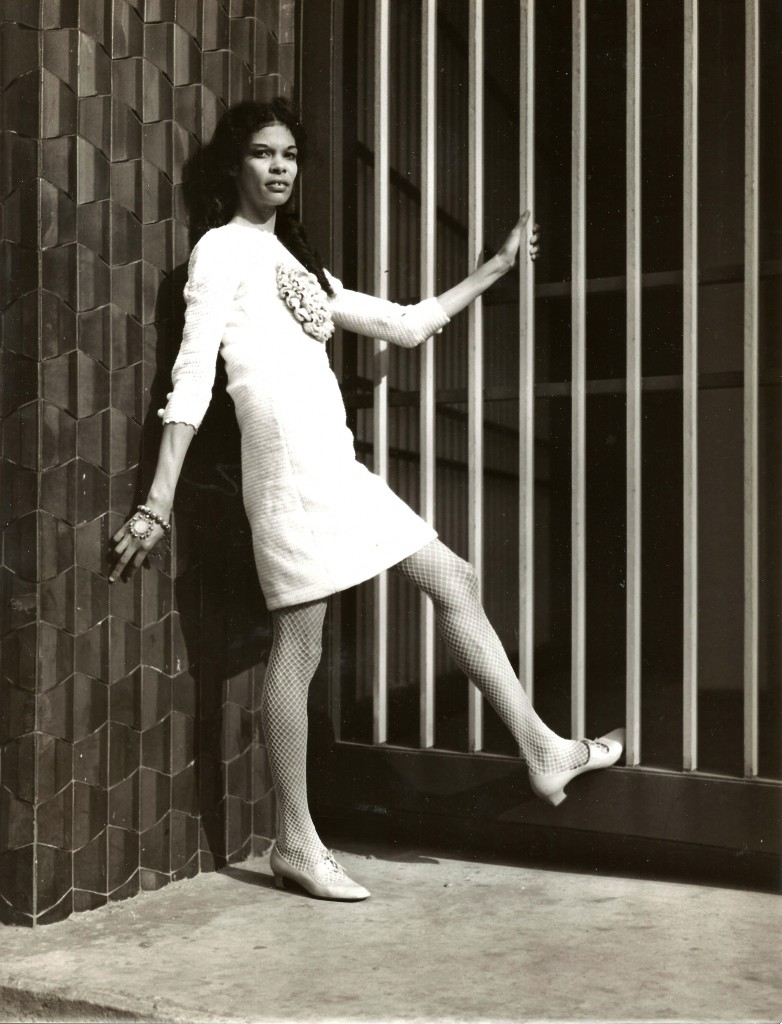
Hessie in New York, c.1960/1970
Courtesy Domingo Djuric

















